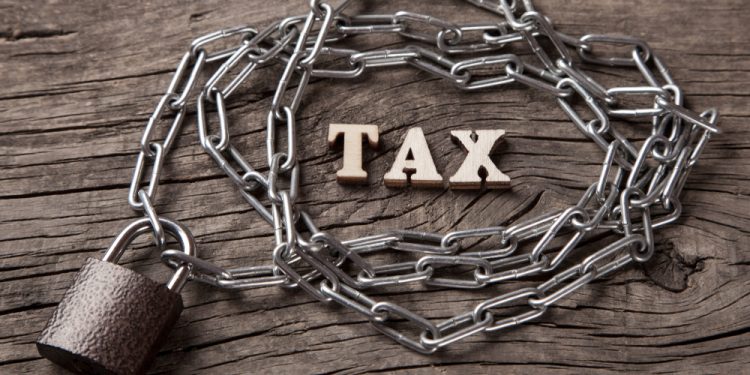Pensions cost the Treasury £48.7 billion in the year ending 2023— an increase of £1.1 billion over the previous year, according to analysis of the latest HMRC data.
LCP partner and former pensions minister Steve Webb says that the growing costs of this tax relief might show why there is speculation that the new Chancellor Rachel Reeves may be looking to reform the way pensions are taxed in her first Budget.
This week Reeves set out a series of spending cuts to plug a £22 billion hole in the public finances and has said she may need to raise tax revenue, although has ruled out any increases to VAT, income tax or national insurance. This has increased speculation that there could be changes to pensions taxations as a revenue raising measure.
LCP analysis shows of this data shows that income tax relief on pension contributions cost the Treasury £46.8 billion, while the cost of national insurance relief on pension contributions stood at £23.8 billion. However the Treasury collected tax of £22 billion from pensions in payment.
Webb says that this gives a net cost to the Exchequer of £48.7 billion.
The figures published by HMRC also show the extent to which this cost is effectively subsidising higher earners. When it comes to income tax relief 62.6 per cent of this tax relief is given to higher and additional rate taxpayers. Webb says this is because these groups tend to pay more into pensions than lower earners, but also benefit more because they get relief at their marginal rate of tax.
The table below shows how the total cost of income tax relief is broken down according to whether the saver pays income tax at the basic/higher/additional rate.
| Tax rate | Cost of Relief | % of total |
| Basic rate | £15.9bn | 37.4% |
| Higher rate | £23.6bn | 55.5% |
| Additional rate | £3.0bn | 7.1% |
| Total | £42.5bn | 100% |
Source: LCP based on HMRC ‘Table 6’
Webb says that given this disparity reform of pension tax relief could be attractive to a Chancellor keen on redistribution, to find ways of cutting the benefits enjoyed by the highest earners and raising significant revenue in the process.
However, he adds that same statistics provide some indication as to why this is likely to be difficult in practice. Out of the total of £42.5bn in relief allocated to individuals, nearly half — £19.7 billion – is on contributions made into defined benefit pension schemes, a significant proportion of whom will be working in the public sector.
Cutting tax relief on these schemes raises several problems for the government:
The main losers will be senior public servants, often in highly unionised sectors. Webb says that given issues around public sector pay and ongoing pay disputes, it seems highly unlikely that the government will want to alienate this group;
Cutting tax relief on employer contributions in a public sector scheme either means increased costs for public sector employers (such as hospitals and schools) or would be passed on to employees creating large tax bills on contributions which they may not see the benefit of for years to come;
Webb says: “One possibility is that the Government could decide to leave DB schemes alone and focus on the remaining £22.7bn of relief to modern DC pensions.
“However, if all the additional revenue was raised from this group this could aggravate concerns over a ‘two tier’ pension system with public sector workers being protected from tax rises.”
Webb says that as a result the Chancellor may ditch more radical ideas such as applying ‘flat rate’ tax relief on pension contributions, and instead try to find other ways of cutting the tax breaks to those with the largest pensions.
He points out that today’s figures show that the previous ‘Lifetime Allowance’ (LTA) generated charges of £516m for the government in 2022/23, before the rate was set at zero by Jeremy Hunt in 2023/24 , and then abolished in 2024/25.
He says the new Chancellor may be very tempted by a figure of this magnitude to look for a way of reintroducing a lifetime limit of some sort.
Webb adds: “There is no doubt that the Chancellor will be eyeing up the large price tag attached to providing tax and National Insurance relief on pension contributions.
“But raiding this pot is far from straightforward, particularly in the case of DB schemes.
“It may well be that the new Chancellor ends up where previous Chancellors have ended up, namely finding complex technical ways to claw back reliefs from the wealthiest but leaving the majority of savers unaffected”.





